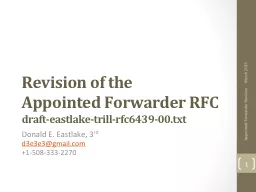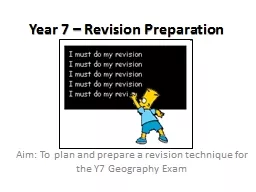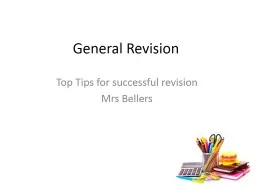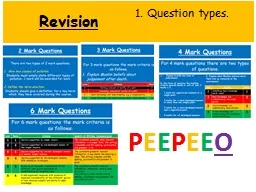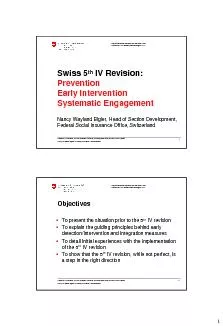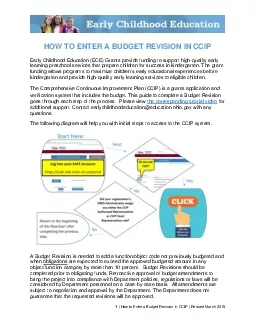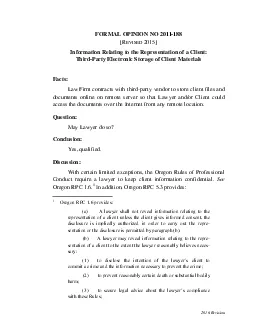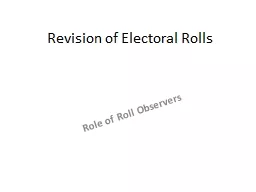PPT-Class System Revision
Author : natalia-silvester | Published Date : 2017-08-22
Rome Roman society was broken into three classes the patricians high class the plebeians or plebs ordinary people and the slaves Other key social groups included
Presentation Embed Code
Download Presentation
Download Presentation The PPT/PDF document "Class System Revision" is the property of its rightful owner. Permission is granted to download and print the materials on this website for personal, non-commercial use only, and to display it on your personal computer provided you do not modify the materials and that you retain all copyright notices contained in the materials. By downloading content from our website, you accept the terms of this agreement.
Class System Revision: Transcript
Download Rules Of Document
"Class System Revision"The content belongs to its owner. You may download and print it for personal use, without modification, and keep all copyright notices. By downloading, you agree to these terms.
Related Documents


